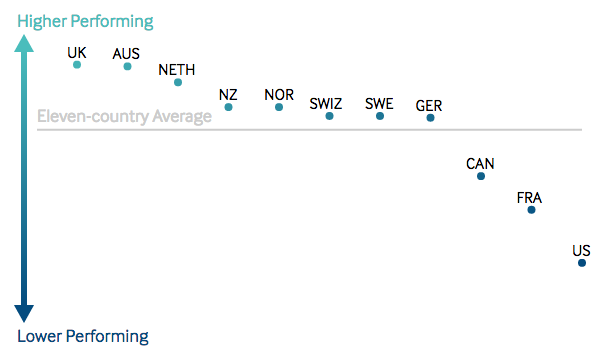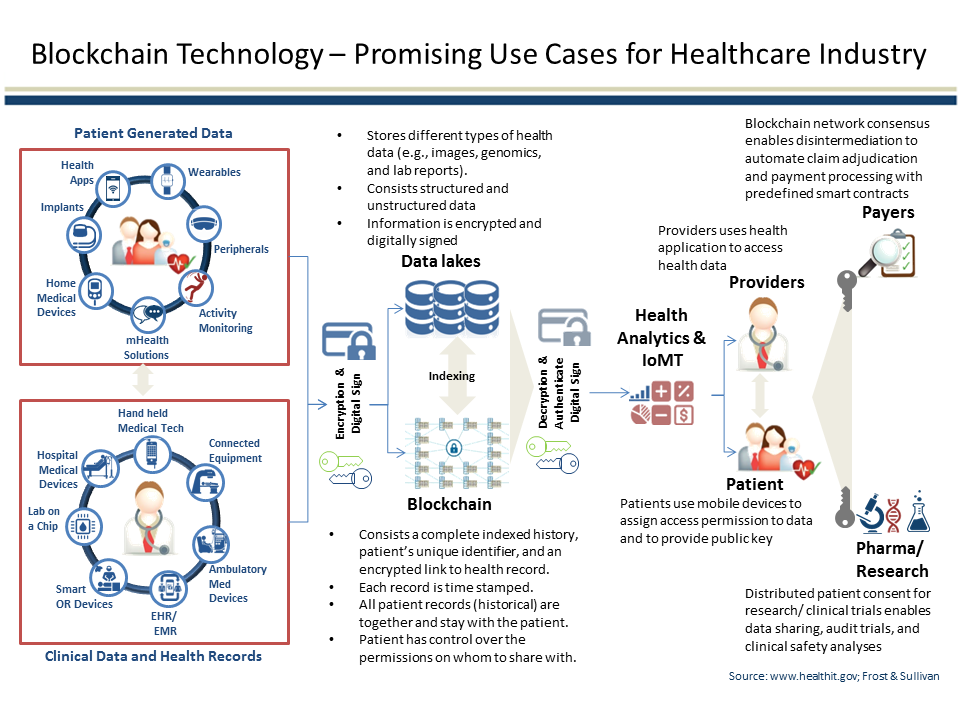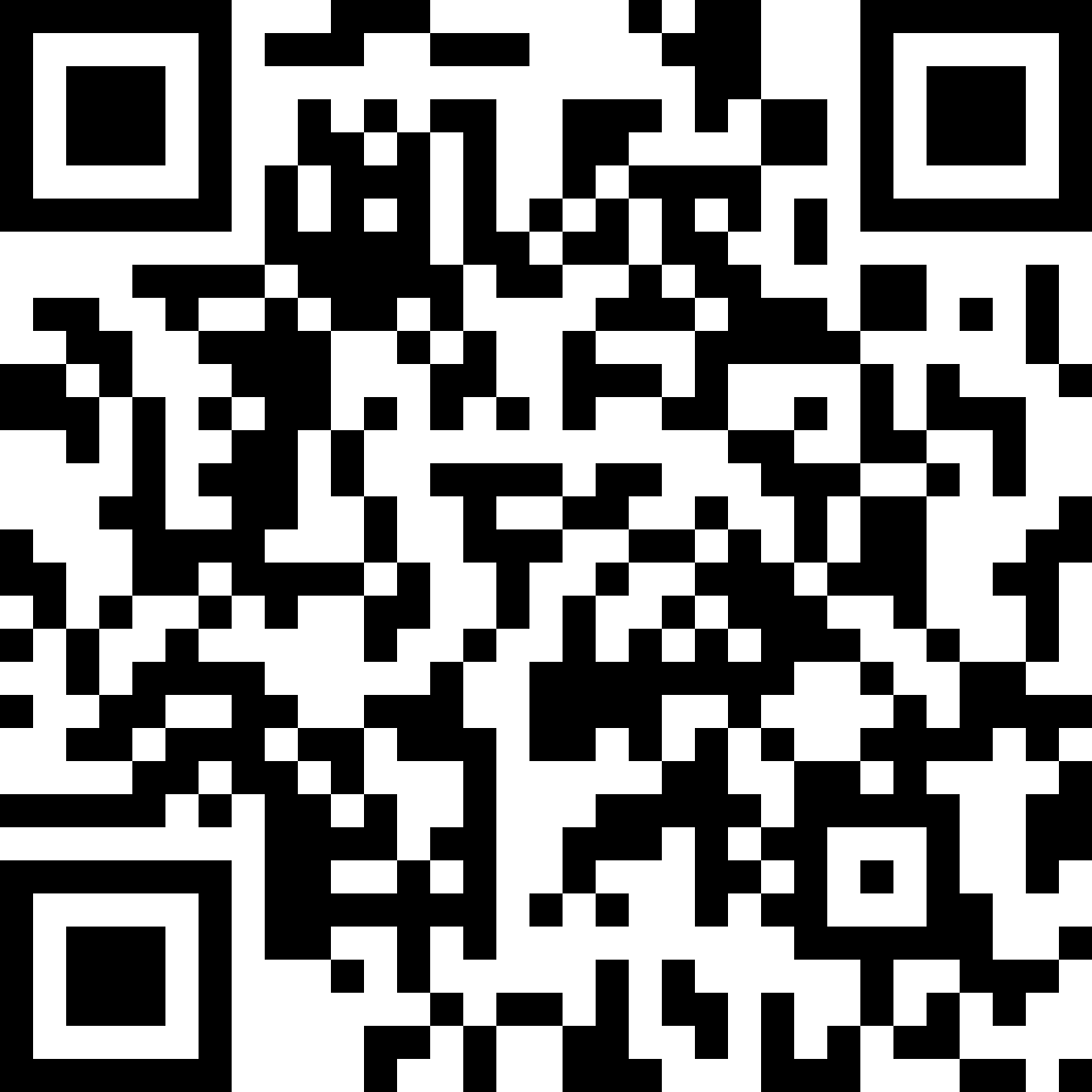The US healthcare system has been in steep decline since the 1970s. As a result, a newly born baby in the United States today can expect to live two years less than a newborn in almost any other OECD country. Americans with chronic diseases like asthma end up in the hospital more frequently, despite a 100% increase in healthcare spending since the turn of the millennium.

Image Credit: Countries ranked on overall health-system performance (Commonwealth Fund)
Complicating matters is the highly fragmented nature of the US healthcare system. The level of care enjoyed by Americans varies massively as a result, depending primarily on location, personal wealth, ailment and skin color.
And then there is the elephant in the room: The huge cost of pharmaceutical drugs compared to almost any other country in the world. Not only does this drive up the total cost of the healthcare system, but lowers the quality of care across key areas.
As a recent OECD Health Report documented, there is a lot going wrong in the US healthcare system at the moment, but that may be about to change. The huge amount of friction inherent in the system has given rise to a plethora of startups harnessing the power of blockchain technology.
With the ecosystem thriving, I think it’s now reasonable to suggest that blockchain technology applications have the potential to revolutionize the US healthcare system in the foreseeable future.
What is a blockchain?
Before we dive into these applications, however, it’s important to have a good understanding of blockchain technology and its key features.
The concept of a blockchain was first described by Satoshi Nakomoto in his seminal 2008 whitepaper: Bitcoin: An Electronic Peer-to-Peer Cash System. In this whitepaper, Nakomoto puts forward the idea of a pseudonymous cryptocurrency which can be transferred between people, without the need for a third-party such as a bank. This was not a new idea, in 1998 Nick Szabo had invented “bit gold”, which laid down the groundwork for bitcoin, and provided much of the cryptographic design infrastructure.
The major innovation in Nakomoto’s design however, was that he solved the “double spending problem” through the use of, what would later be called, a blockchain. The double spending problem involves securing the value of a digital asset, which could otherwise be easily duplicated, without the need for a central authority like a bank or government. For example, imagine that you want to transfer ownership of a PDF file. How do you know that the person selling you this digital asset hasn’t created duplicates, which he can then sell to other buyers as well? Therefore, the ease with which digital assets can be duplicated makes them ill-suited as forms of currency, for which the question of ownership needs to be clear at all times.
With his invention of the blockchain, Nakomoto solved this problem. In a nutshell, a blockchain is a timestamped, public record of all transactions. This is important because the only way to prove the absence or occurrence of transactions is to have a public record of all transactions. These transactions are stored in batches (called blocks) which are secured with advanced cryptography. This cryptography is provided by a vast network of computers, which constantly communicate with each other and agree on a “history” of transactions. As a result, if a person tried to delete or change a transaction, the entire network would notice immediately, and deny the change.
How is blockchain technology going to revolutionize healthcare?
Now that we have an understanding of the history of blockchain and it’s key features, you might be wondering why this is relevant for the healthcare industry. To answer this question, let’s take a look at the most promising applications of blockchain technology being used today.

Image Credit: www.healthit.gov; Frost & Sullivan
Reducing costs and waiting times with a shared database of medical records
To get a feeling for just how fragmented the US healthcare system is, let’s look at the city of Boston. With 4.5 million residents, Boston has 26 different electronic medical records systems in use today. On top of that, these systems do not share a common language for the representation and sharing of data, meaning that information often cannot be transferred across systems. Besides costing money, these inefficiencies sometimes even cost lives.
That is why a number of blockchain solutions have sprung up in recent years to solve this issue. One of the most exciting is being pioneered by PokitDok and Intel. Together, they have created DokChain, a proprietary blockchain, which is designed to record the history of a patient’s medical care. This data is then cryptographically secured, and used for identity verification, medical referrals and eligibility checks.
Another interesting approach has been designed by researchers at the MIT Media Lab. Here, a prototype system called MedRec has been developed, which uses a proprietary blockchain based on Ethereum. This prototype uses its own private blockchain to store medical records, while using smart contracts to give and rescind permissions for doctors to edit patient’s medical records.
Additionally, MedRec seems to have solved the problem of data verification on a private blockchain. On the public bitcoin blockchain, all transactions are verified by the peer-to-peer network, and encrypted by miners. These miners are individuals expending CPU power which are incentivized through bitcoin rewards.
Private blockchains face the challenge of incentivizing the miners which safeguard the blockchain. MedRec solves this problem elegantly, by rewarding miners with access to aggregated, anonymized data from patients’ records.
This leads nicely into the second area of healthcare which can be revolutionized by blockchain technology applications.
Facilitating data exchanges to improve clinical trials
According to Forbes, around 50% of clinical trials go unreported, meaning that the results are not shared and their value is lost. This loss of data creates knowledge gaps throughout the country and holds back the field of medical research.
However, using blockchain technology and an innovative permissions/incentives framework, data can be exchanged easily and safely throughout all medical institutions.
Companies like Health Linkages have jumped at this opportunity, and now provide a vast database of timestamped and encrypted research data. This allows researchers from around the country to access this anonymized data and use it in clinical trials, aiding their research and benefitting the entire healthcare system.
Similarly, the San Francisco based startup Blockchain Health, aims to provide medical researchers with easier access to patients. To enable this, the platform provides the infrastructure for users to authorize and track the use of their personal health data for research purposes.
Another interesting player in this field is BurstIQ, which aims to leverage blockchain and machine learning algorithms to create a single, intelligent, shared data repository for medical research. The platform has registered excellent growth so far, processing over 25 billion data points.
Giving patients sovereignty over their data
According to the Protenus Breach Barometer Report, “between 2015-16, 140 million patients records were breached, that’s 1 in 3 Americans.” This staggering failure of the US healthcare system, to keep its patients data confidential, is another major point of innovation for blockchain technology.
Companies like MintHealth, have already launched decentralized health record platforms, which aim to give control of personal data back to the patients. Specifically, patients using MintHealth can access their cryptographically secured health records in real-time using a mobile or web application. Additionally, patients have the ability to give or rescind permission to healthcare providers wanting to access their data.
Similarly to MedRec, MintHealth has found an innovative way to incentivize its user base, offering proprietary tokens as rewards for preferred patient behavior. With the US performing so poorly on chronic illnesses compared to other OECD countries, this new approach to patient behavior could have a huge positive impact on the fight against diabetes and heart disease.
Similarly, Health Combix has built a powerful blockchain solution focused on keeping patients’ data safe. Taking it one step further however, the Nashville based startup aims to combine the data with Machine Learning algorithms and the Internet of Things. So, they hypothesize, Health Combix will not only be able to build effective behavior reward systems, but will also be able to predict which diseases patients may be affected by in the future.
Conclusion – Blockchain technology will revolutionize the healthcare industry
In this excellent presentation, Ritchi Etwaru makes the salient point that the healthcare industry has a poor track record of adopting, what he calls, horizontal innovation. What he means by that, is that although advances in treatments and diagnostics seem to happen daily (vertical innovation), internet adoption (horizontal innovation) within the healthcare system was sluggish.
Blockchain technology is another horizontal innovation. One that will impact industries from top to bottom, but its success in healthcare will depend on whether hospitals, clinics and other organizations are willing to help create the necessary technical infrastructure.
Luckily, savvy entrepreneurs from around the world are working hard to get a piece of the $980 billion dollar healthcare pie. Using blockchain technology applications, they may well succeed.





Leave a Reply